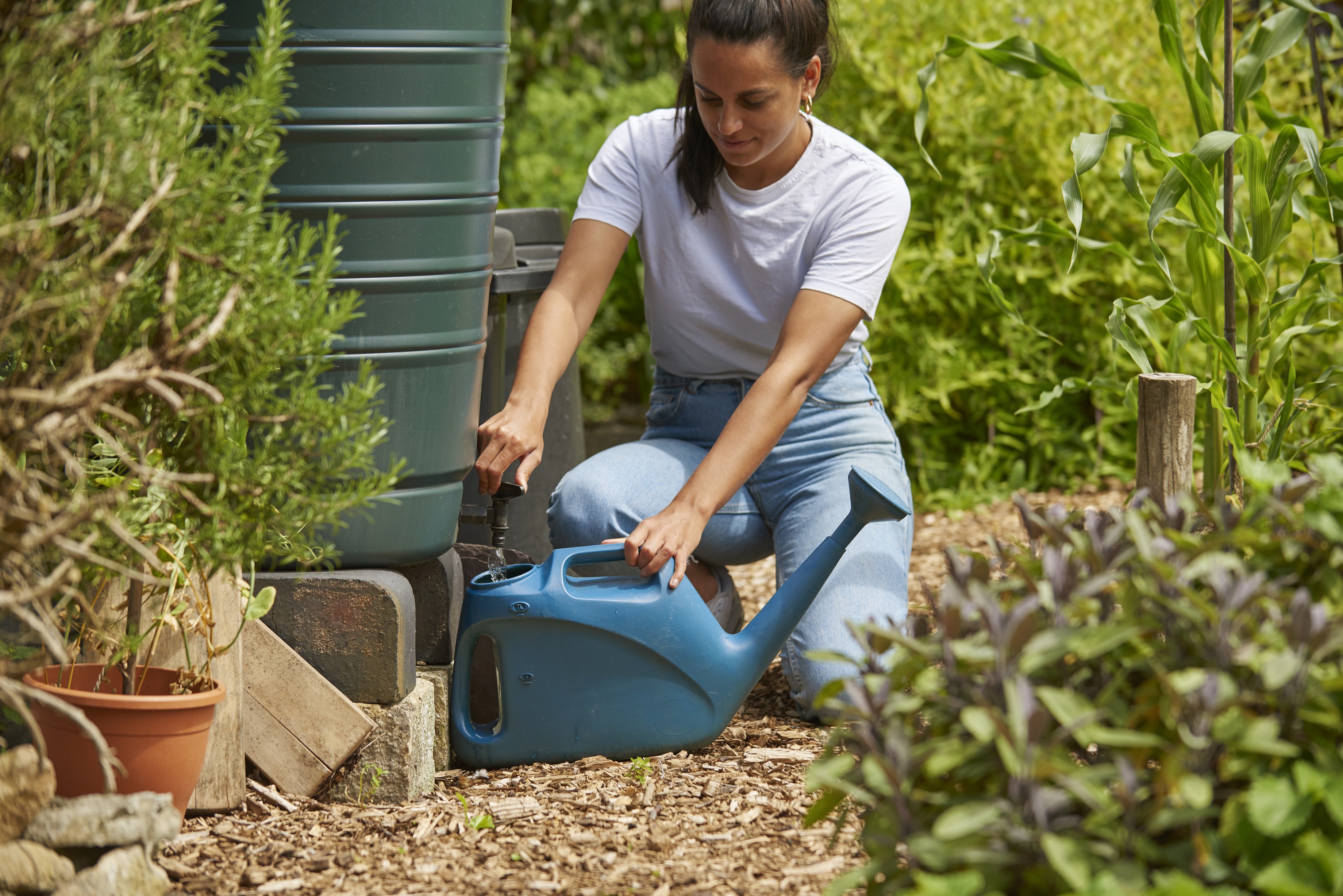Thames Water announces Temporary Use Ban (hosepipe ban) across Swindon, Gloucestershire, Oxfordshire, Berkshire and Wiltshire

A person fills their watering can from a water butt.
- Thames Water will implement a Temporary Use Ban (hosepipe ban) for the Thames Valley region which includes areas with a postcode starting with OX, GL, SN and RG4, RG8 and RG9
- The ban will come into operation on Tuesday 22 July 2025
- Following the driest spring in over a century and England’s warmest June on record, the Environment Agency has placed the Thames Area into the Prolonged Dry Weather category
- Thames Water’s drought plan is designed to mitigate the risk of further impact to water supplies and ensure the taps keep running for customers’ essential use while also protecting the environment
Thames Water today confirmed that a Temporary Use Ban (TUB) will come into effect across a large part of the Thames Valley which includes areas with a postcode starting with OX, GL, SN and RG4, RG8 and RG9. The TUB will come into operation at 00.01 BST on Tuesday 22 July 2025.
After the driest spring in over a century and England’s warmest June on record, the Thames Valley area has been placed in Prolonged Dry Weather status by the Environment Agency, meaning there is a heightened risk of drought. Thames Water is now implementing the next stage of its drought plan to help protect customer supplies and the environment.
Under a TUB customers are asked not to use hosepipes, including for cleaning cars, watering gardens or allotments, filling paddling pools and swimming pools or cleaning windows.
While the TUB does not impact businesses where water use is a core part of their purpose, for example garden centres/ car washes nor will it currently impact the London area, Thames Water is asking everyone across the region it serves to be mindful of their water use.
Context and source of water
The prolonged hot weather and below average rainfall means there is less water available to support local water supplies and Thames Water is continuing to see high demand across the Thames Valley region. Across the Swindon and Oxfordshire areas, the company has seen customers’ daily demand for water reach levels last seen during the 2022 drought. Company data shows customers often use up to 30% more water on hot days (temperatures above 25 degrees).
Water abstracted from the River Thames for this area is stored at Farmoor reservoir in Oxfordshire. If as is expected, the warm, dry weather continues the company anticipates that reservoir levels at Farmoor will continue to drop.
Further, river levels are below average for the time of year, which limits how much water can be sourced from the River Thames to top up the reservoir. In the Cotswolds, aquifers which feed the River Thames are fast draining and the prolonged low rainfall also limits how quickly they can be refilled, further restricting how much water the company can source for reservoir storage.
The hot weather also means more water is lost through evaporation from surface water bodies such as rivers and lakes. Carefully managing the amount of water Thames Water takes from rivers can help protect aquatic animals and invertebrates as well as local wildlife.
Nevil Muncaster, Strategic Water Resources Director at Thames Water said: “This has been a challenging spring and summer with big spikes in customer demand during hot dry days and very little rainfall to replenish local supplies in the Thames Valley.
“Given the continued warm, dry weather we do not anticipate that the situation will improve any time soon so we have to take action now. Every drop of water we use comes from the environment and we have to balance protecting this while taking out the water needed to top-up reservoir levels.
“That is why we have had to make to the difficult decision to implement a hosepipe ban to make sure there’s enough water for customers’ essential needs and to protect rivers.
“While this TUB will only affect customers in certain areas, I want to thank all our customers for their understanding and for their support so far to reduce their water use. This includes turning the taps off while brushing teeth, taking shorter showers and letting your lawn go dry.”
Leakage performance and future resilience
Thames Water has already taken a number of measures to boost its water resources. This includes an extensive programme to reduce leaks.
Leakage is at its lowest ever level on the Thames Water network. The company is fixing 650 leaks a week with its engineers targeting leaks with the greatest impact to local water supplies.
Thames Water is also using innovative technology and data to find and fix leaks faster. So far it has installed almost 40,000 acoustic loggers on its water network to help detect leaks and expects to have 100,000 in place by mid-2027.
Thames Water is also looking ahead to secure future water supplies and is currently progressing plans for a proposed reservoir in Oxfordshire, which will be crucial in securing water supply for 15 million people across the South East, including Thames Water, Affinity Water and Southern Water customers. The company is also progressing plans for a vital drought resilience project in London which will be supported by water recycling.
More information about the TUB including further details on restrictions and customer exemptions.
